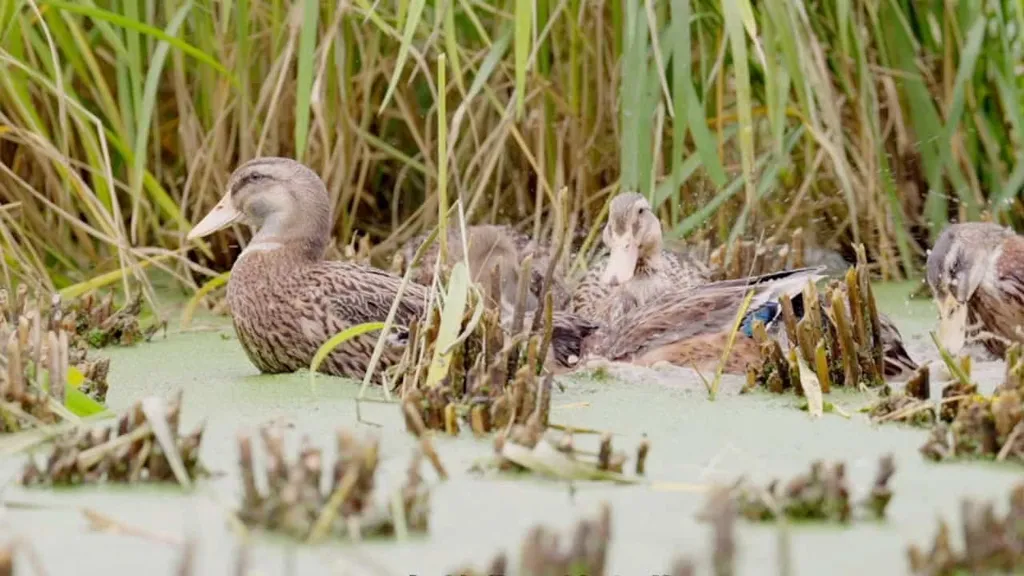In the lush, verdant landscapes of Iran’s Guilan Province, a quiet agricultural revolution is taking place, one that could reshape the future of sustainable farming and offer valuable insights for the energy sector. Researchers, led by Shiva Ghaznavi from the University of Tehran’s Department of Agricultural Economics, have been exploring the intricate synergies of a unique farming system that combines rice, fish, and ducks. Their findings, published in the journal *Results in Agricultural Engineering* (translated from Persian), present a compelling case for integrated agriculture as a pathway to enhanced productivity and environmental sustainability.
The study, which conducted a comprehensive life cycle assessment, compared three rice cultivation systems: monoculture rice farming, integrated rice farming, and the innovative Rice–Fish–Duck System (RFDS). The results are striking. RFDS not only achieved the highest rice yields but also demonstrated significant environmental benefits. “Ducks play a pivotal role in this system,” explains Ghaznavi. “They control weeds and pests naturally, improve soil aeration, and reduce the need for chemical inputs. Meanwhile, fish and duck waste enrich the soil, creating a self-sustaining ecosystem.”
One of the most compelling aspects of this research is its holistic approach, quantifying both environmental and economic impacts. The study found that on-field emissions, particularly from nitrogen fertilizers and diesel machinery, are the primary drivers of human health risks and ecosystem degradation. These emissions account for a staggering 67% to 79% of human health impacts and 55% to 73% of ecosystem impacts across all systems. However, the RFDS system mitigates some of these effects by reducing the reliance on diesel-powered aeration, thanks to the natural tilling action of ducks.
For the energy sector, these findings offer valuable insights. The reduced need for diesel machinery in RFDS systems could translate to lower energy consumption and decreased greenhouse gas emissions. “Adopting renewable energy sources like solar or wind for aeration could further enhance the sustainability of these systems,” suggests Ghaznavi. This could open up new opportunities for energy companies to collaborate with agricultural sectors, developing innovative solutions that bridge the gap between farming and renewable energy.
The economic benefits are equally compelling. By integrating ducks into rice farming, farmers can reduce their reliance on herbicides and fertilizers, cutting costs and improving profitability. The study also highlights the potential for diversified income streams, as fish and ducks can be sold as additional products. This integrated approach not only boosts farm economics but also contributes to biodiversity and ecosystem health.
Looking ahead, the research team recommends expanding the integration of ducks in rice farming, promoting sustainable practices through educational workshops, and exploring renewable energy options for farm operations. These steps could pave the way for a more sustainable and resilient agricultural future.
As the world grapples with the challenges of climate change and resource depletion, the insights from this study offer a beacon of hope. By embracing integrated systems like RFDS, farmers and energy sectors alike can work towards a future where productivity and sustainability go hand in hand. The research published in *Results in Agricultural Engineering* serves as a testament to the power of innovation and collaboration in driving positive change.

